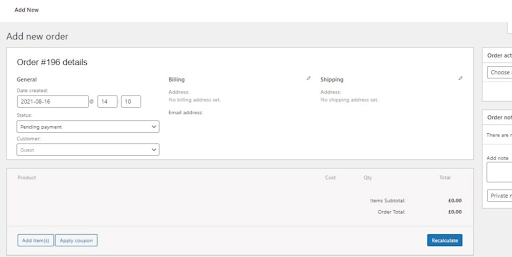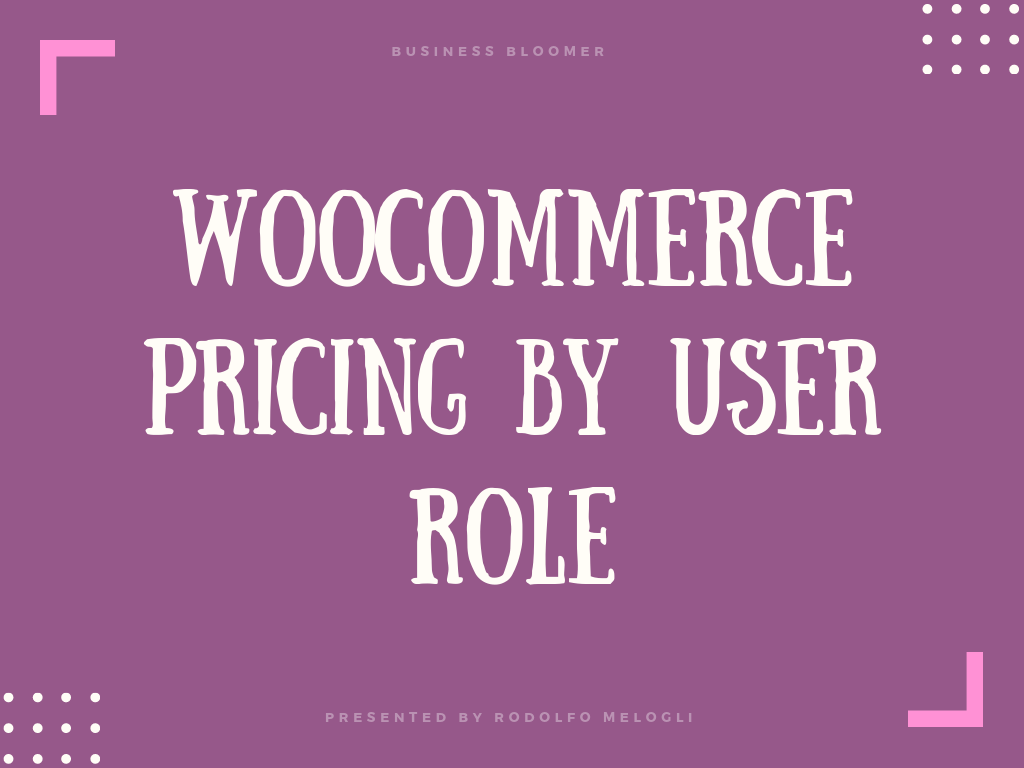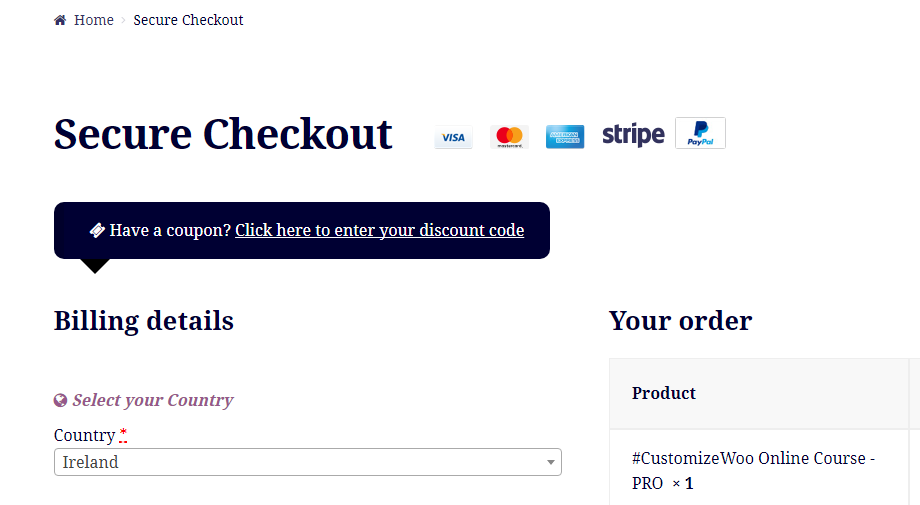
What do Germany, Japan, Brazil, and the Czech Republic all have in common?
If you guessed that, in each country’s case, local WooCommerce merchants benefit from a country-specific plugin; I’m talking about Germanized for WooCommerce, Japanized for WooCommerce, Brazilian Market on WooCommerce, and WPify Woo Czech.
If you’re in one of these countries, then you should definitely check the plugin in question out.
We’ve spoken about how WooCommerce is going global in past posts and about what you need to do to internationalize your WooCommerce store.
If you’re charting an expansion to one of the aforementioned countries, then you are also in the target market.
Continue reading WooCommerce: Why Use Country-Based Plugins (Germanized, Japanized, …)


















